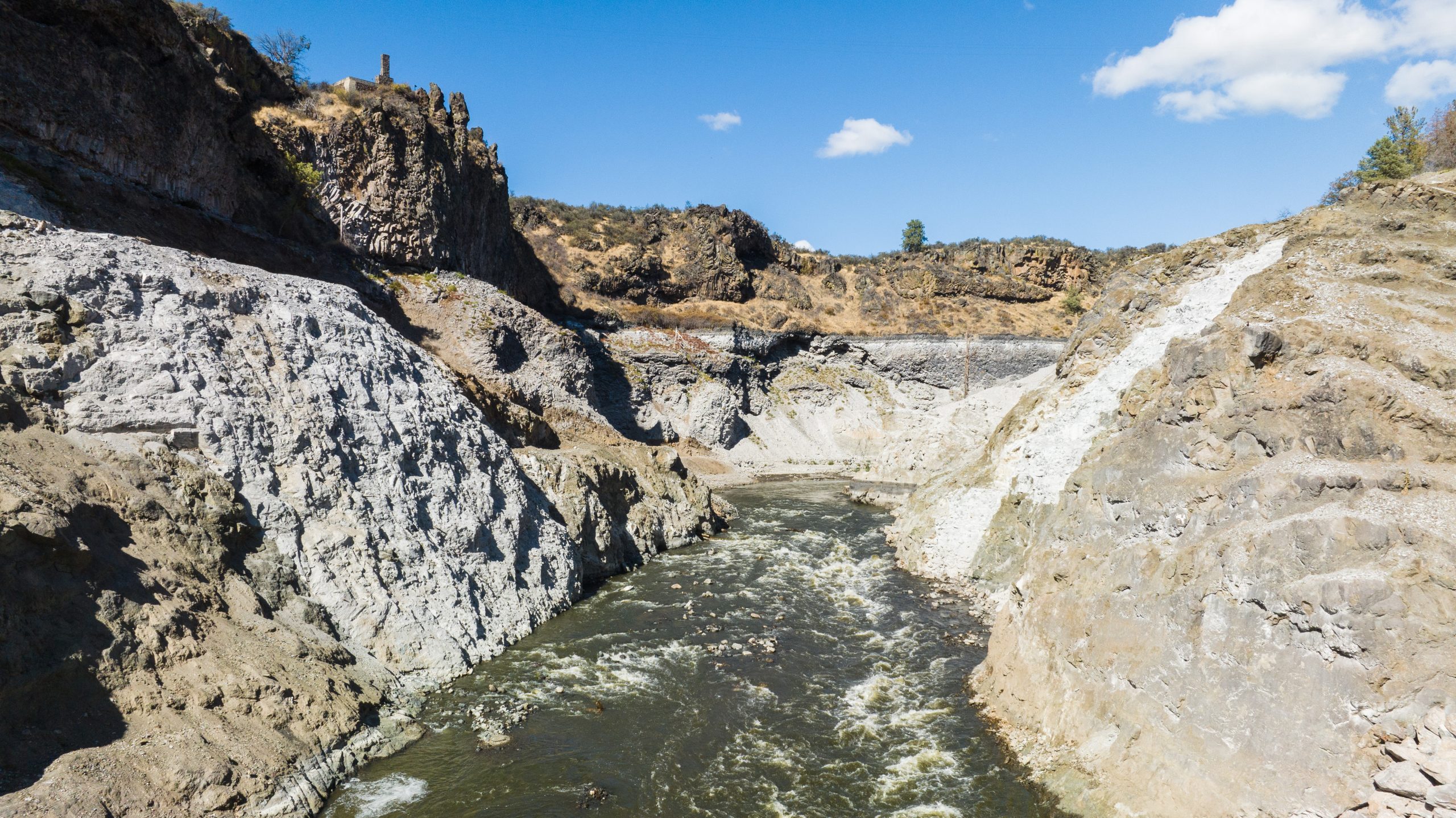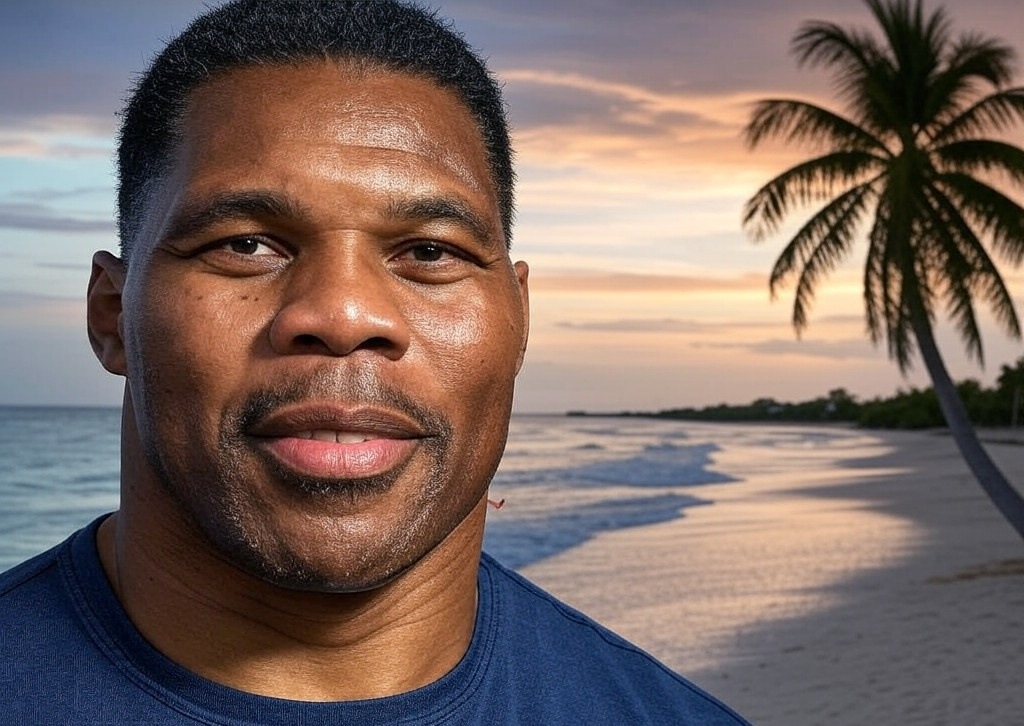SACRAMENTO – The largest river restoration project in U.S. history has reached a major milestone with the complete removal of dams from the Klamath River, finishing ahead of schedule and on budget. Governor Gavin Newsom announced today that the long-awaited project has restored the river to its natural free-flowing state, marking a significant achievement in the fight for ecological restoration and indigenous rights.
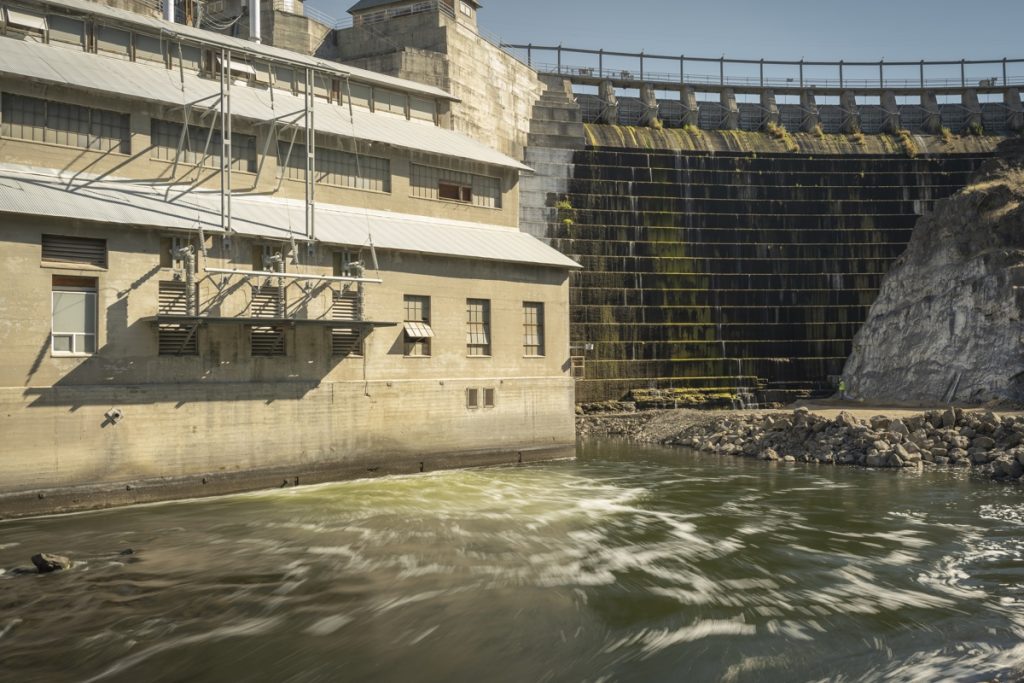
The Klamath River, once blocked by hydroelectric dams that disrupted its ecosystem for more than a century, now flows freely again, allowing salmon and other species to access nearly 400 miles of critical habitat. Though the dam removal is complete, work will continue for several years to restore the 2,200 acres of land previously submerged beneath the reservoirs.
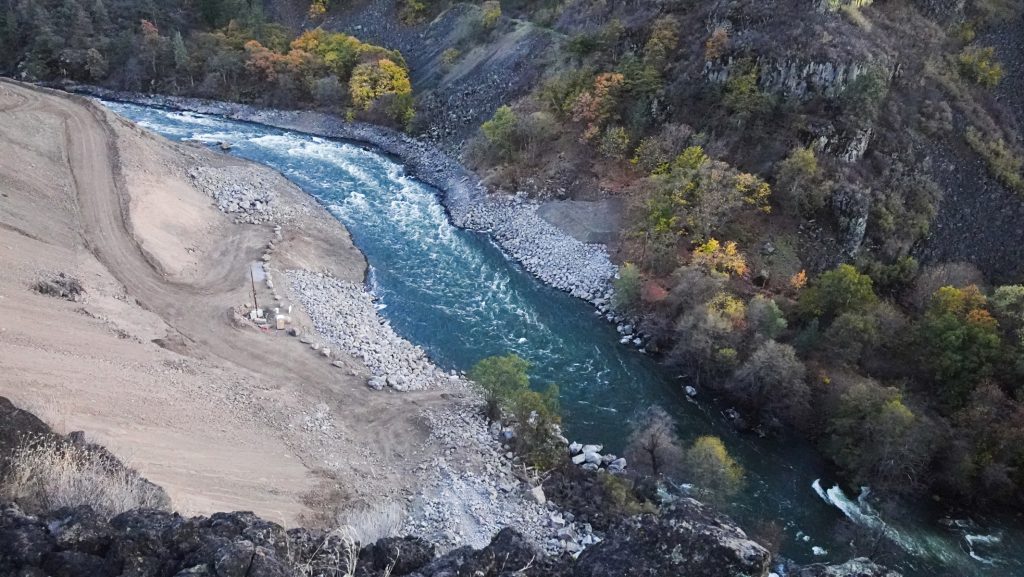
Governor Newsom played a pivotal role in advancing the restoration plan, helping to secure federal approvals and return land to the Shasta Indian Nation. In August, the Governor announced that fish were already swimming freely in the river for the first time in over 100 years. Today, he celebrated the success of the project, emphasizing the importance of the achievement for the state and the nation.
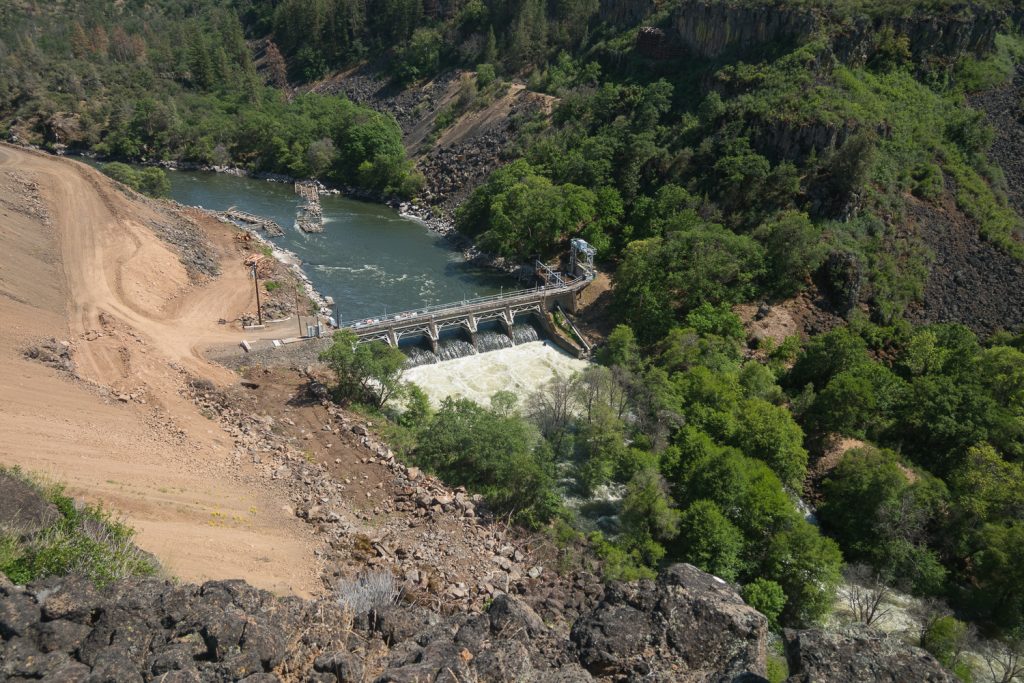
“This is a monumental achievement – not just for the Klamath River but for our entire state, nation, and planet,” Newsom said. “By taking down these outdated dams, we are giving salmon and other species a chance to thrive once again, while also restoring an essential lifeline for tribal communities who have long depended on the health of the river.”
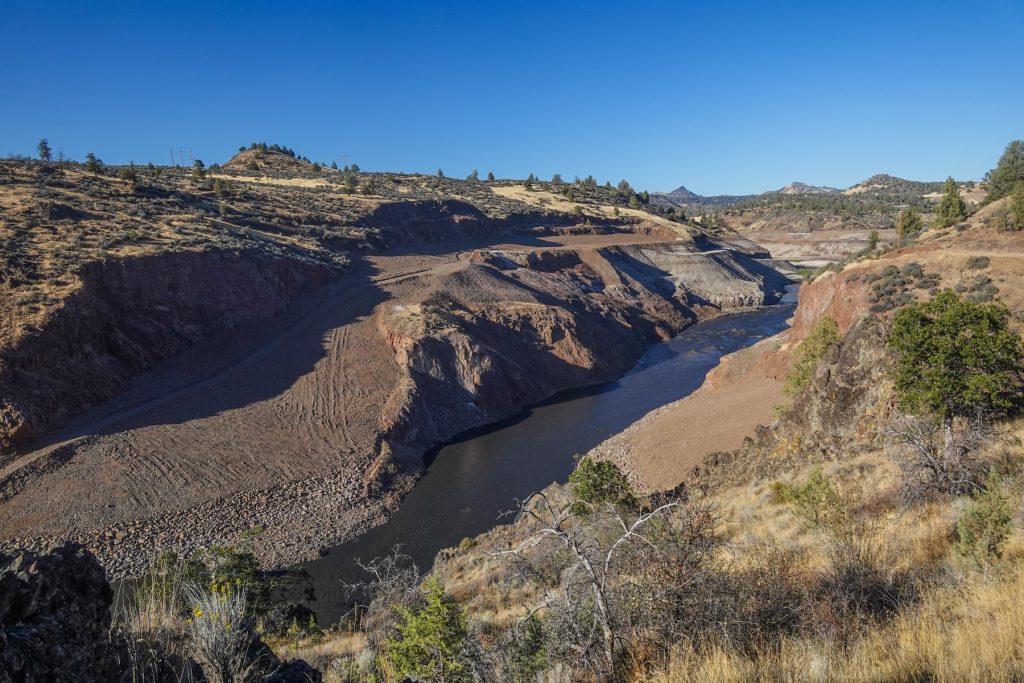
For the indigenous tribes of Northern California, including the Karuk and Yurok, the restoration of the Klamath River is not just an environmental victory but a reclamation of their cultural heritage. Tribal leaders have been at the forefront of the effort to remove the dams, which they argued were choking the river and threatening their way of life. Russell ‘Buster’ Attebery, Chairman of the Karuk Tribe, reflected on the spiritual significance of the dam removal.
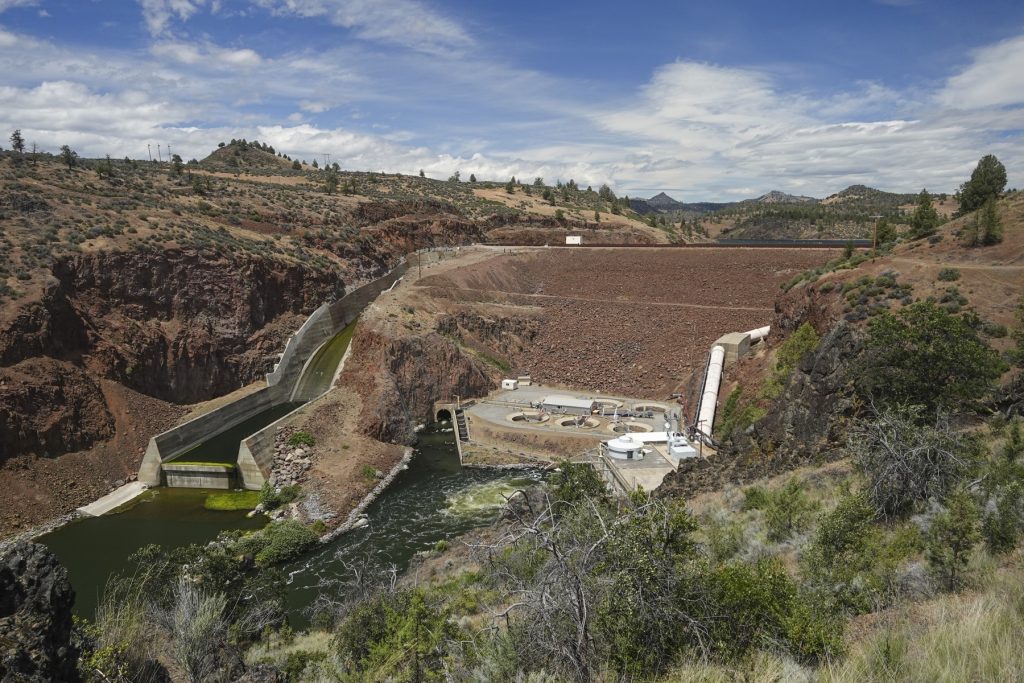
“Our áama, ancestral companions, can now return to over 400 miles of unleashed spawning grounds, renewing a bond that has nourished our people since time immemorial. The river is cleansing itself, and with time, its waters will grow purer,” Attebery said.
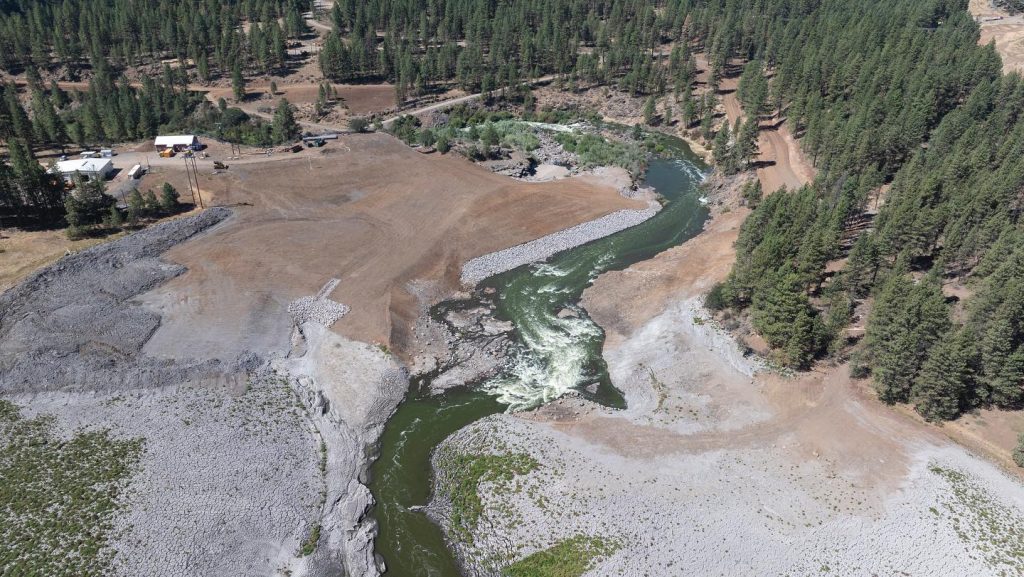
Yurok Tribal Chairman Joseph L. James echoed these sentiments, describing the decades-long effort to tear down the dams as a sacred duty. “The tribally led effort to dismantle the dams is an expression of our sacred duty to maintain balance in the world. That is why we fought so hard for so long to tear down the dams and bring the salmon home,” James said.
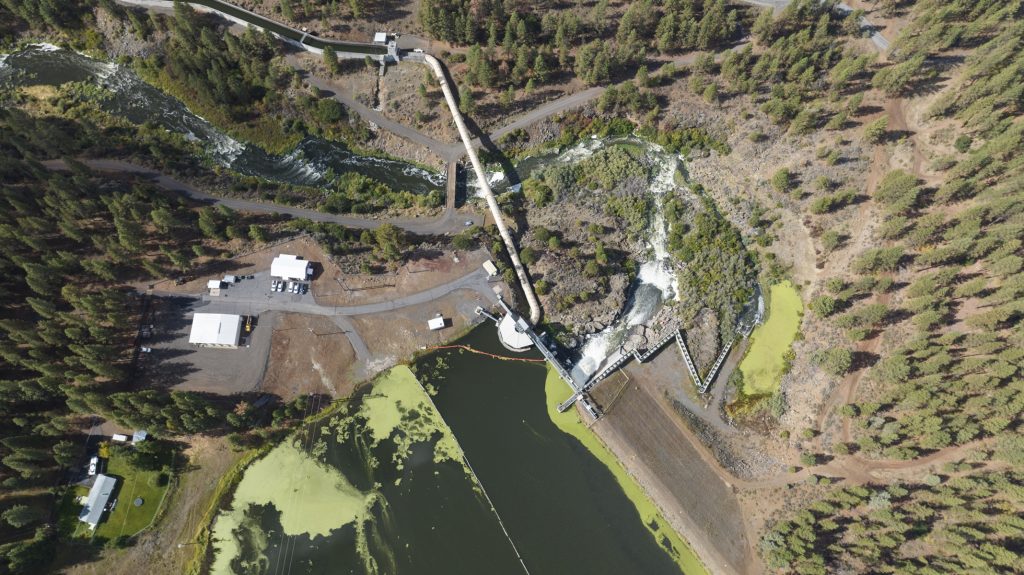
The construction of the Klamath River dams, which began in 1918, drastically altered the river’s ecosystem, reducing water quality and increasing temperatures, which made it nearly impossible for salmon and steelhead to complete their life cycles. The dam removal opens up new opportunities for these species to thrive, while also helping to restore the livelihoods of the tribal communities that have long relied on the river.
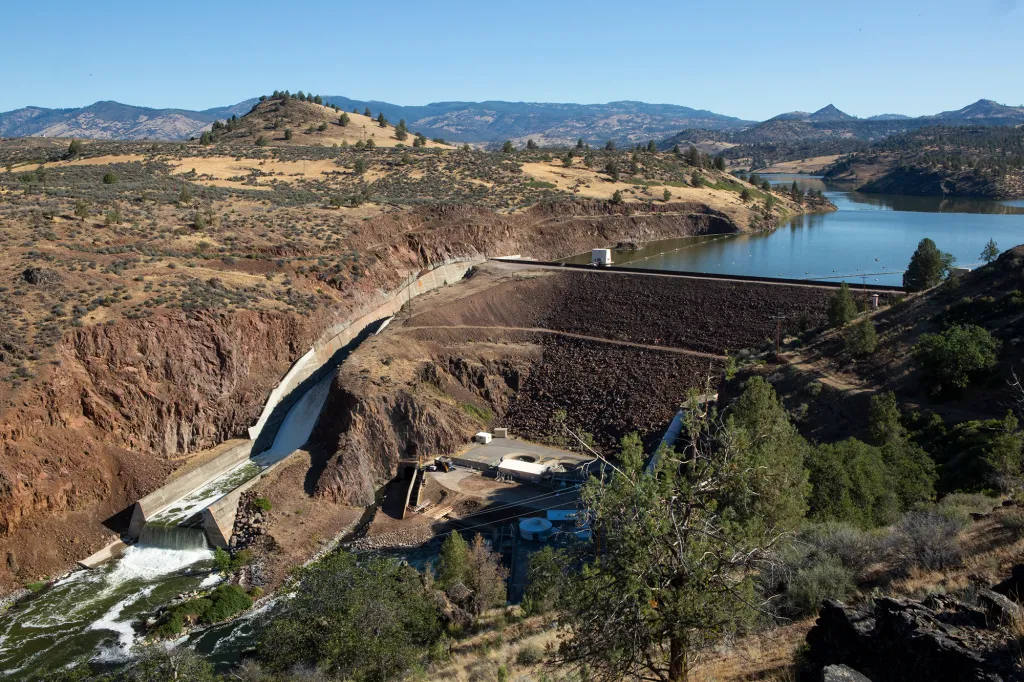
For Brook Thompson, a member of the Karuk and Yurok tribes, the river is deeply intertwined with her family’s history and traditions. She recalled the devastating fish die-off in 2002, when thousands of salmon perished due to low water flow from one of the dams. “It changed everything,” Thompson said. “As a seven-year-old, the salmon were almost as big as me, and I saw thousands of their bodies piled up on the shoreline. It was apocalyptic.”
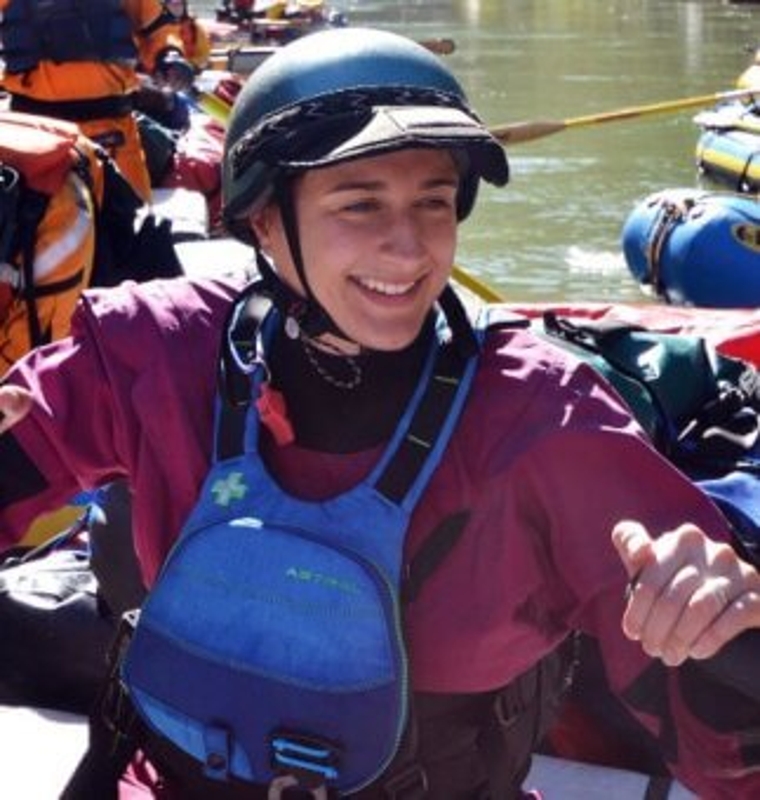
The removal of the dams is the culmination of a decades-long campaign by tribal leaders, environmentalists, and fishing groups to restore the river. Dr. Ann Willis, California Director of American Rivers, described the Klamath project as a powerful example of what can be achieved through bold action and collaboration. “Dam removal is the best way to bring a river back to life,” Willis said. “The Klamath is significant not only because it is the biggest dam removal and river restoration effort in history, but because it shows that we can right historic wrongs and make big, bold dreams a reality for our rivers and communities.”
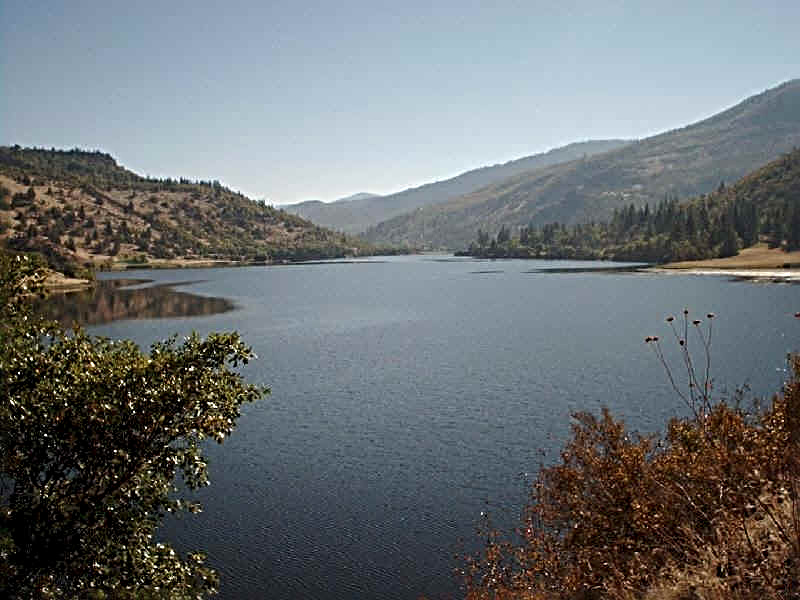
Despite the overwhelming sense of accomplishment, the project has not been without its challenges. Some residents of communities near the former reservoirs, like Copco Lake, have experienced disruptions as a result of the dam removal. April Sears, a resident of Copco Lake, expressed her sadness at losing the lake and witnessing the impact on local wildlife. “It kind of hits you hard, like you lost your best friend or somebody,” she said.
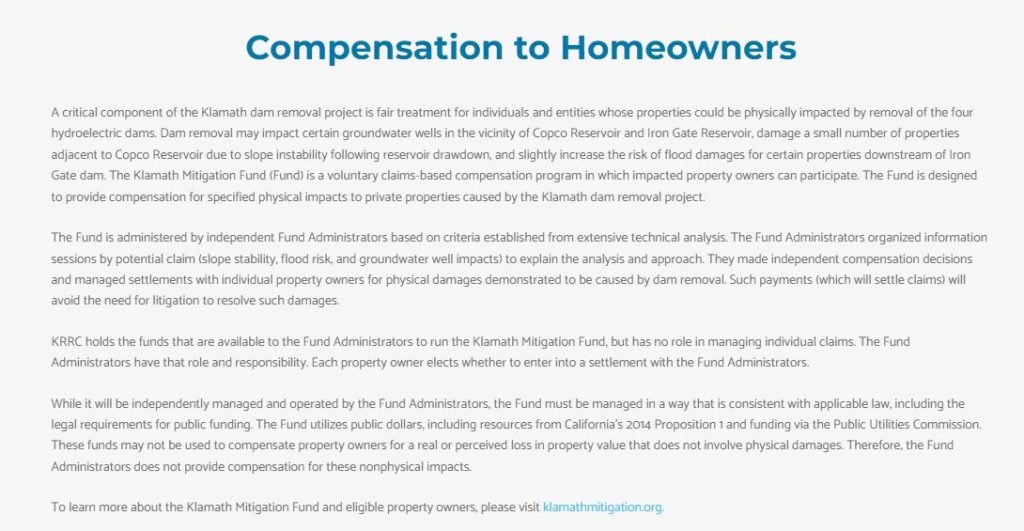
The Klamath River Renewal Corporation, the entity overseeing the project, has provided support to affected residents, including temporary housing and water supply solutions, while the restoration process continues. As work shifts toward restoring the surrounding land and water quality, experts remain optimistic that the Klamath River’s transformation will bring lasting benefits to the ecosystem and the people who depend on it. Though the scars left by the dams will take time to heal, the river is now free to flow naturally, offering hope for a brighter future for both the environment and the tribal communities that call the Klamath home.

